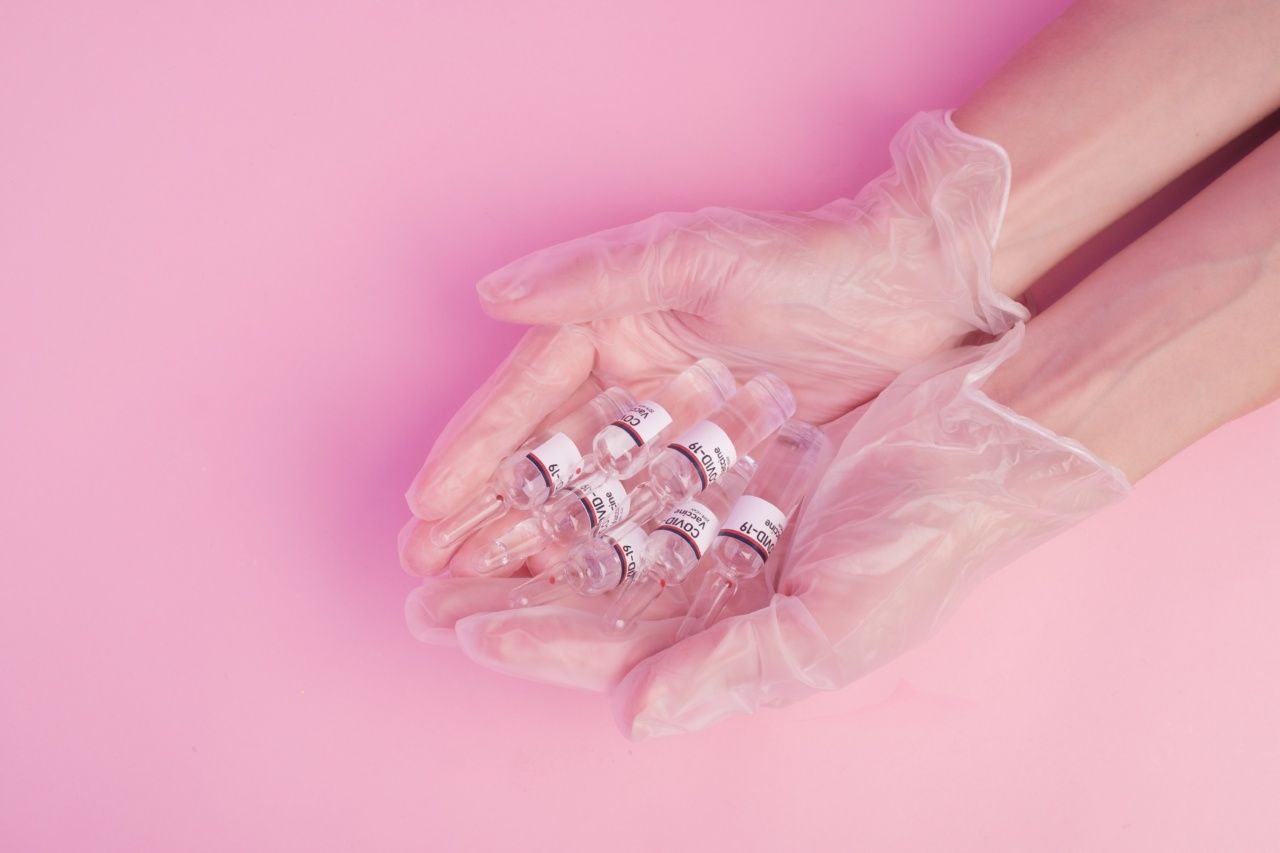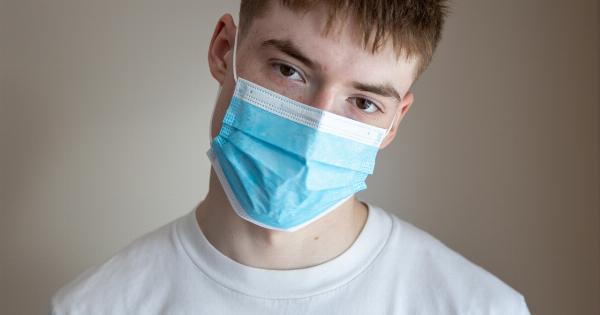Sterilization, the process of killing or removing all microorganisms from a particular object or environment, is widely practiced in various industries and everyday life.
It plays a crucial role in preventing the spread of infectious diseases and maintaining hygiene standards. However, like everything else, excessive sterilization also poses certain risks and drawbacks.
In this article, we will explore the potential hazards associated with excessive sterilization and the importance of striking a balance to ensure both safety and overall well-being.
The Importance of Sterilization
Sterilization is vital in many fields to maintain a clean and pathogen-free environment.
It is extensively practiced in healthcare facilities, where medical equipment, surgical instruments, and hospital rooms must be free from harmful bacteria, viruses, and other microorganisms. The food industry also heavily relies on sterilization to prevent contamination and prolong the shelf life of products.
Moreover, sterilization has become increasingly important during the ongoing COVID-19 pandemic, as it plays a crucial role in curbing the spread of the virus.
The Risks of Excessive Sterilization
While sterilization is undoubtedly beneficial, excessive and unnecessary sterilization can have various negative effects on the environment, human health, and even the economy.
Let’s delve into some of the major risks associated with excessive sterilization:.
1. Development of Superbugs and Antibiotic Resistance
Overuse of sterilization methods, particularly in healthcare settings, can contribute to the development of superbugs — highly resistant strains of bacteria.
These superbugs pose a significant threat as they have developed resistance to commonly used antibiotics, making infections difficult to treat. This can lead to prolonged hospital stays, increased healthcare costs, and a higher mortality rate.
2. Weakening of Immune System
Excessive sterilization can weaken the immune system by reducing our exposure to various microorganisms that help build immunity.
Studies have shown that early exposure to certain harmless bacteria and viruses can train our immune systems to fight off more dangerous pathogens later in life. By excessively sterilizing our surroundings, we deprive our immune system of the necessary stimulus to develop and function optimally.
3. Disruption of Ecological Balance
Excessive sterilization also disrupts the ecological balance by eliminating beneficial microorganisms.
In soil, excessive use of sterilizing agents can deplete microbial populations that play a crucial role in nutrient recycling and maintaining soil fertility. Similarly, excessive sterilization of aquatic environments can disturb the delicate ecological balance and harm various aquatic species.
4. Chemical Exposure
Many sterilization methods involve the use of chemicals, such as disinfectants and sterilizing agents. Prolonged exposure to these chemicals can have adverse effects on human health.
For example, certain disinfectants have been linked to respiratory problems, skin allergies, and even reproductive disorders. Excessive sterilization can increase the risk of chemical exposure and associated health issues.
5. Destruction of Beneficial Microorganisms
Not all microorganisms are harmful. In fact, many types of bacteria and fungi provide essential services to various ecosystems. For instance, beneficial bacteria aid in digestion, help synthesize vitamins, and protect against harmful pathogens.
Excessive sterilization can disrupt these symbiotic relationships and negatively impact our overall health.
6. Negative Impact on Mental Health
Excessive sterilization practices can also have an indirect impact on mental health.
The fear and obsession with eliminating all microorganisms, known as mysophobia or germophobia, can cause significant anxiety and distress, leading to a reduced quality of life. It is essential to strike a balance between cleanliness and obsession to maintain mental well-being.
7. Increased Financial Burden
Excessive sterilization measures can result in a significant financial burden in various sectors, including healthcare and food industries.
Unnecessary sterilization processes require additional resources, such as chemicals, specialized equipment, and manpower. These costs eventually trickle down to consumers, leading to higher prices and reduced affordability of essential services.
8. Reduction in Biodiversity
Excessive sterilization can significantly impact biodiversity. Microorganisms are an essential part of ecosystems, playing a crucial role in nutrient cycling and the overall functioning of ecosystems.
Eliminating or reducing their populations can disrupt the delicate balance of ecosystems, leading to the decline of plant and animal species.
9. Weakening of Social Immunity
Excessive sterilization can weaken social immunity or the collective ability of society to resist and recover from infectious diseases.
By excessively relying on sterilization, we may undermine other preventive measures such as vaccination, proper sanitation, and healthy lifestyle practices. This can make communities more susceptible to disease outbreaks and hinder effective public health responses.
10. Indirect Effects on Future Generations
Excessive sterilization practices may have indirect effects on future generations. By reducing exposure to certain microbes, we prevent the transfer of essential genetic material and disrupt the development of beneficial traits.
This may have consequences for immune system development, overall health, and the ability to adapt to changing environmental conditions.
Striking a Balance for a Safer Future
While the risks associated with excessive sterilization are concerning, it is important to note that appropriate and targeted sterilization practices remain crucial for public health and safety.
The goal should be to strike a balance that promotes hygiene while minimizing the unnecessary eradication of harmless and beneficial microorganisms. This can be achieved through:.
1. Education and Awareness
Enhancing public awareness about appropriate sterilization measures, debunking myths around cleanliness, and promoting a comprehensive understanding of microorganisms and their roles in maintaining a healthy environment.
2. Risk-Based Approaches
Adopting risk-based approaches to sterilization, wherein the intensity and frequency of sterilization measures are determined based on the specific context, nature of microorganisms, and potential risks associated with contamination.
3. Research and Innovation
Continued research and innovation in sterilization techniques that prioritize the preservation of beneficial microorganisms and ecological balance, such as targeted sterilization methods that selectively eliminate harmful pathogens while minimizing collateral damage.
4. Integrating Multiple Preventive Measures
Emphasizing the importance of a multi-faceted approach to prevention, including good hand hygiene, vaccination programs, proper waste management, and regular cleaning practices.
This reduces excessive reliance on sterilization as the sole preventive measure.
Conclusion
Excessive sterilization carries various risks that can have long-term consequences for human health, the environment, and our overall well-being.
Striking a balance between necessary sterilization practices and preserving harmless and beneficial microorganisms is crucial. By promoting education, adopting risk-based approaches, and integrating multiple preventive measures, we can maintain a safe and healthy future while preserving the delicate balance of our ecosystems.






























